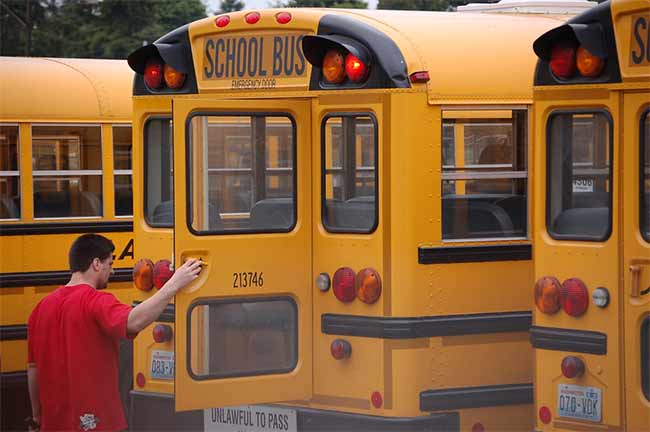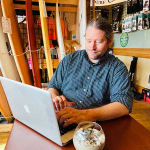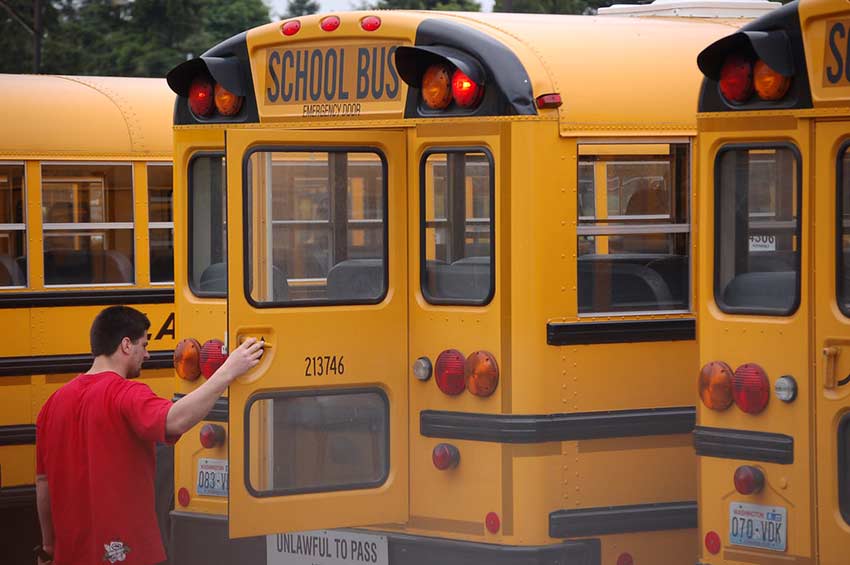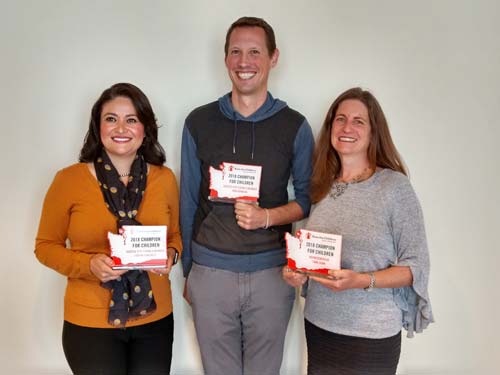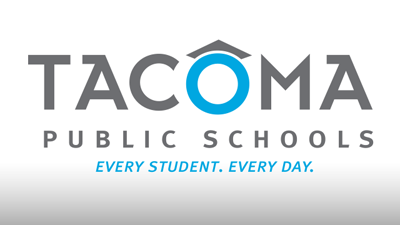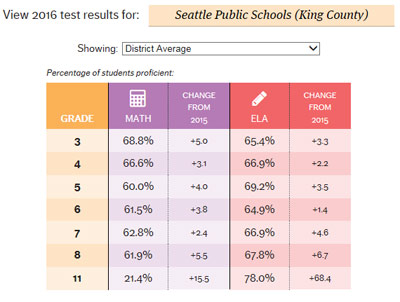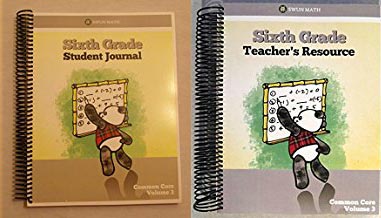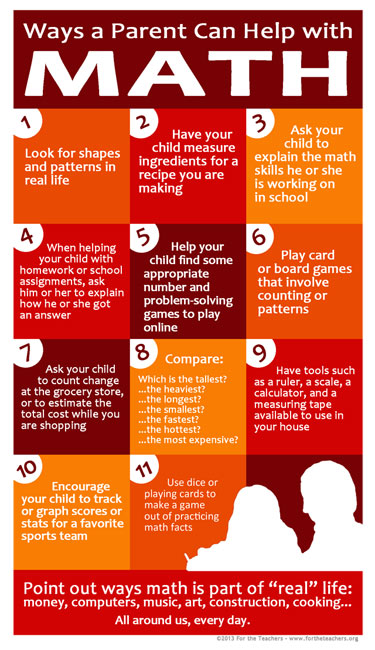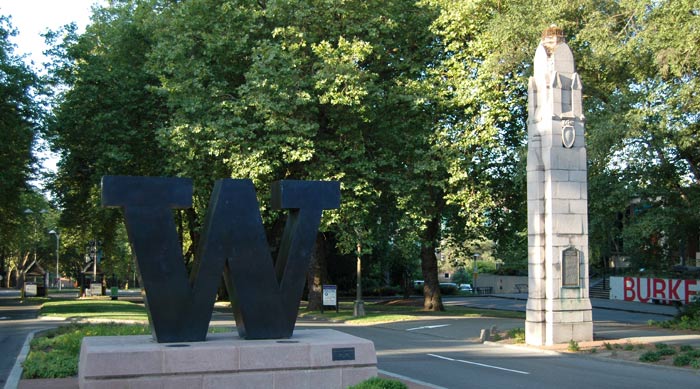WGU Announces Learn Where You Live Scholarship
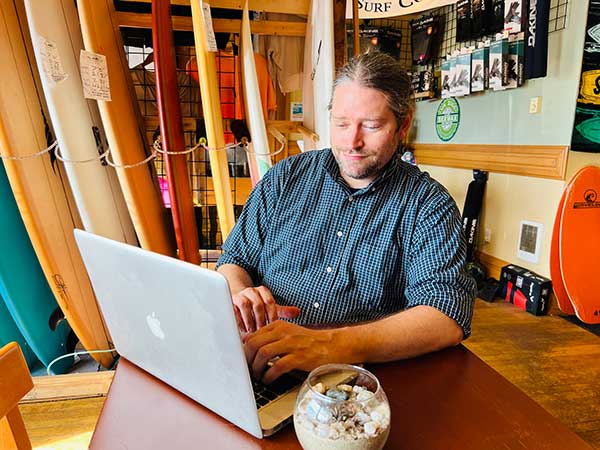
New Scholarship Opens More Pathways to Higher Education for Rural Residents
Learn Where You Live Scholarship supports adult learners seeking a college degree in rural communities
SEATTLE, Wash. (May 31, 2023) – Wanting to stay in your hometown shouldn’t bar you from obtaining a college education that can help you reach your career goals. A new scholarship opportunity from Western Governors University (WGU) is aimed at adult learners who live in rural areas of the country, so they, too, can access a quality, affordable, accredited degree where they live.
The Learn Where You Live Scholarship is valued at up to $3,000 and is available to new students or returning graduates who want to further their education at WGU. Scholarship recipients will receive up to $750 per six-month term, renewable for up to four terms. Applicants must live in a rural area of the U.S. as is designated by the U.S. Census Bureau.
Brian Cameron, who lives on the Oregon Coast near Oceanside, said he would not have been able to pursue his bachelor’s degree in business management where he lived if not for the remote online program at WGU.
“It’s hard to find resources living in a rural community,” he said. “The online business program has allowed me to get a proper degree and do it from home. I can literally study anywhere when I have time away from work, whether that be at coffee shop or by the ocean.”
The launch of the new scholarship comes on the heels of WGU’s Northwest Regional team’s rural jobs report, Shifting Winds: Examining Employment Trends in Rural Northwest Regions. The research, conducted in partnership with WGU Labs, shows that while demand for talent shifted throughout the pandemic, rural healthcare job listings continue to dominate in these regions, and rural STEM-sector job postings are rising significantly — with up to a 183% increase in rural areas. Demand for bachelor’s degrees has also increased as a requirement compared to high school diplomas.
The most sought-after skills were auditing, marketing, computer science, business development, project management, accounting, Agile methodology, finance, workflow management and data analysis. With more than 60 bachelor’s and master’s degree programs in business, healthcare, IT, and education, WGU can prepare adult learners with the skills that employers are seeking.
“This is a commitment the university has made and certainly the Leavitt School of Health has made,” said WGU Senior Vice President of the Leavitt School of Health, Keith Smith, PhD. “We’re in the process of adding several non-clinical programs, a portfolio that meets the entire spectrum of needs for rural health.”
“Everything we do at Western Governors University is aimed at increasing accessibility and opportunity for each student, regardless of their location, background, motivations, or life situation,” added Tonya Drake, PhD., regional vice president of WGU.“Many students want to go back to school and pursue higher education, but the cost and location can be overwhelming and deter many students from attending college.”
Drake, who grew up Longview, Wash, had to leave her hometown to get her bachelor’s degree.
“A lot of people leave and don’t come back. Great strides have been made, but I still have nieces and nephews who live in rural parts of the state and wonder if they will have to leave their towns to get an education and a good-paying job,” she said. “The rural community is the backbone of our economy, and we look forward to helping people gain the degrees needed to obtain in-demand jobs in their hometowns.”
To find out more about the scholarship and apply by June 30, visit the Learn Where You Live Scholarship page.




